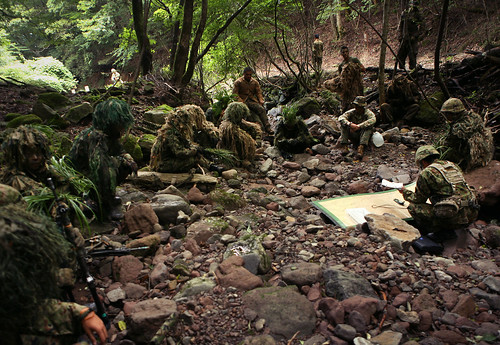
This article was originally published by War on the Rocks on 29 April, 2015.
The current debate about how the U.S. military can maintain its technological superiority is dominated by offset strategies — use of an asymmetric advantage to mitigate an adversary’s advantage. The elegance and efficacy of prior offset strategies makes them attractive as a reference point. But given the United States’ current and future strategic circumstances might a hedging strategy be more effective?




